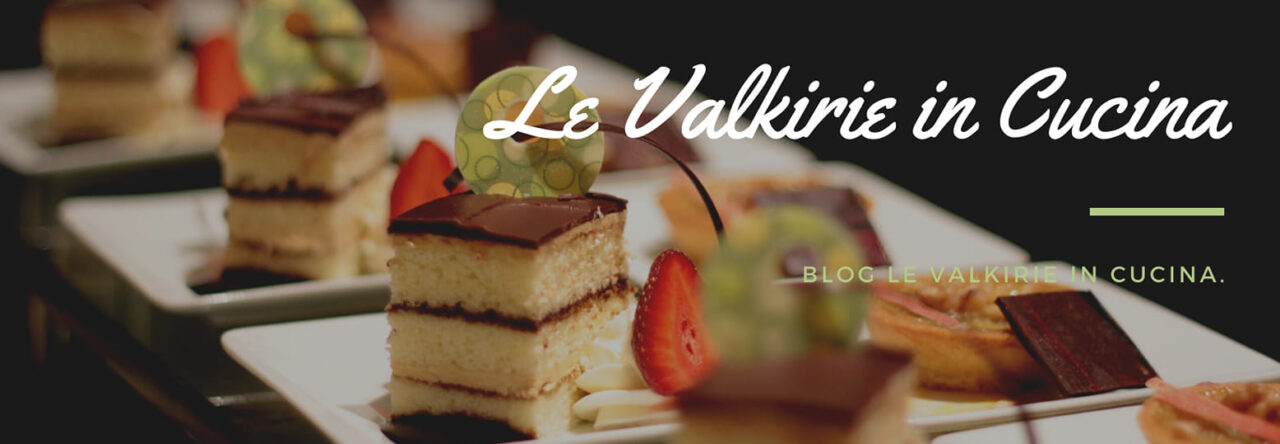
Siete sempre stati attratti dalla panificazione in casa, ma non avete mai osato cimentarvi? Questa è la ricetta giusta per iniziare a provarci perché non serve saper impastare! Si tratta del pane in pentola, o no-knead bread, come lo ha rinominato il suo inventore, Jim Lahey, panettiere newyorkese, proprietario della Sullivan Street Bakery. Avrete bisogno di circa 24 ore per ottenere la vostra pagnotta perfetta. Scopriamo insieme come.
Ingredienti:
500 gr farina ( scegliete una buona farina di forza,che non abbia proteine inferiori a 12)
1 cucchiaini di sale
5 gr di lievito di birra
300 gr di acqua temperatura AMBIENTE.
PROCEDIMENTO:
Sciogliete il lievito in mezzo bicchierino d’acqua. In una ciotola mettete la farina, il sale, l’acqua e il lievito e mescolate tutto con la forchetta.
Coprite l’impasto con la pellicola e lasciate riposare per 20 ore a temperatura ambiente.
Trascorso il tempo spostate l’impasto (senza lavorarlo troppo) su un piano che avrete coperto di farina e create delle pieghe verso l’interno, prima da un lato verso il centro poi dall’altro. Preparate un vassoio con un canovaccio spolverato di farina e trasferiteci il pane appoggiandolo dal lato delle pieghe. Ricoprite poi con un altro canovaccio e lasciate riposare altre due ore.
Scaldate il forno a 230°C e metteteci la pentola. Quando è calda, capovolgete l’impasto aiutandovi con il canovaccio e facendo in modo che le pieghe siano rivolte verso l’alto. Coprite con il coperchio e lasciate cuocere 30 minuti. Poi scoperchiate e proseguite per altri 15-30 minuti, finché la pagnotta sarà dorata. State sempre attenti a non scottarvi, aiutandovi con delle presine.
Sfornate il pane e lasciatelo raffreddare.
N.B.
L’unico utensile che vi servirà è una pentola che si possa mettere in forno: dovrà dunque essere in ghisa oppure in acciaio o terracotta. Fate attenzione che non abbia alcun elemento in plastica che in forno si scioglierebbe.
FONTE RICETTA CUCINA ITALIANA
English
Cetty Cannatella Pan-Fried Bread
Have you always been attracted to home baking, but have you never dared to try your hand? This is the right recipe to start trying because you don’t need to know how to knead! It is the bread in the pot, or no-knead bread, as its inventor, Jim Lahey, New York baker, owner of the Sullivan Street Bakery, has renamed it. You will need about 24 hours to get your perfect loaf. Let’s find out how.
Ingredients:
500 gr flour (choose a good strong flour, which does not have proteins lower than 12)
1 tsp of salt
5 gr of brewer’s yeast
300 gr of water at AMBIENT temperature.
METHOD:
Dissolve the yeast in half a glass of water. In a bowl put the flour, salt, water and yeast and mix everything with a fork.
Cover the dough with cling film and let it rest for 20 hours at room temperature.
After the time has elapsed, move the dough (without working it too much) on a surface that you have covered with flour and create folds inwards, first on one side towards the center then on the other. Prepare a tray with a cloth dusted with flour and transfer the bread, placing it on the side of the folds. Then cover with another cloth and let it rest for another two hours.
Preheat the oven to 230 ° C and put the pot in it. When it is hot, turn the dough upside down with the help of the cloth and making sure that the folds are facing upwards. Cover with the lid and cook for 30 minutes. Then uncover and continue for another 15-30 minutes, until the loaf is golden. Always be careful not to burn yourself, helping yourself with pot holders.
Take the bread out of the oven and let it cool.
N.B.
The only utensil you will need is a pot that can be put in the oven: it must therefore be made of cast iron or steel or terracotta. Be careful that it does not have any plastic elements that would melt in the oven.
SOURCE RECIPE ITALIAN CUISINE










